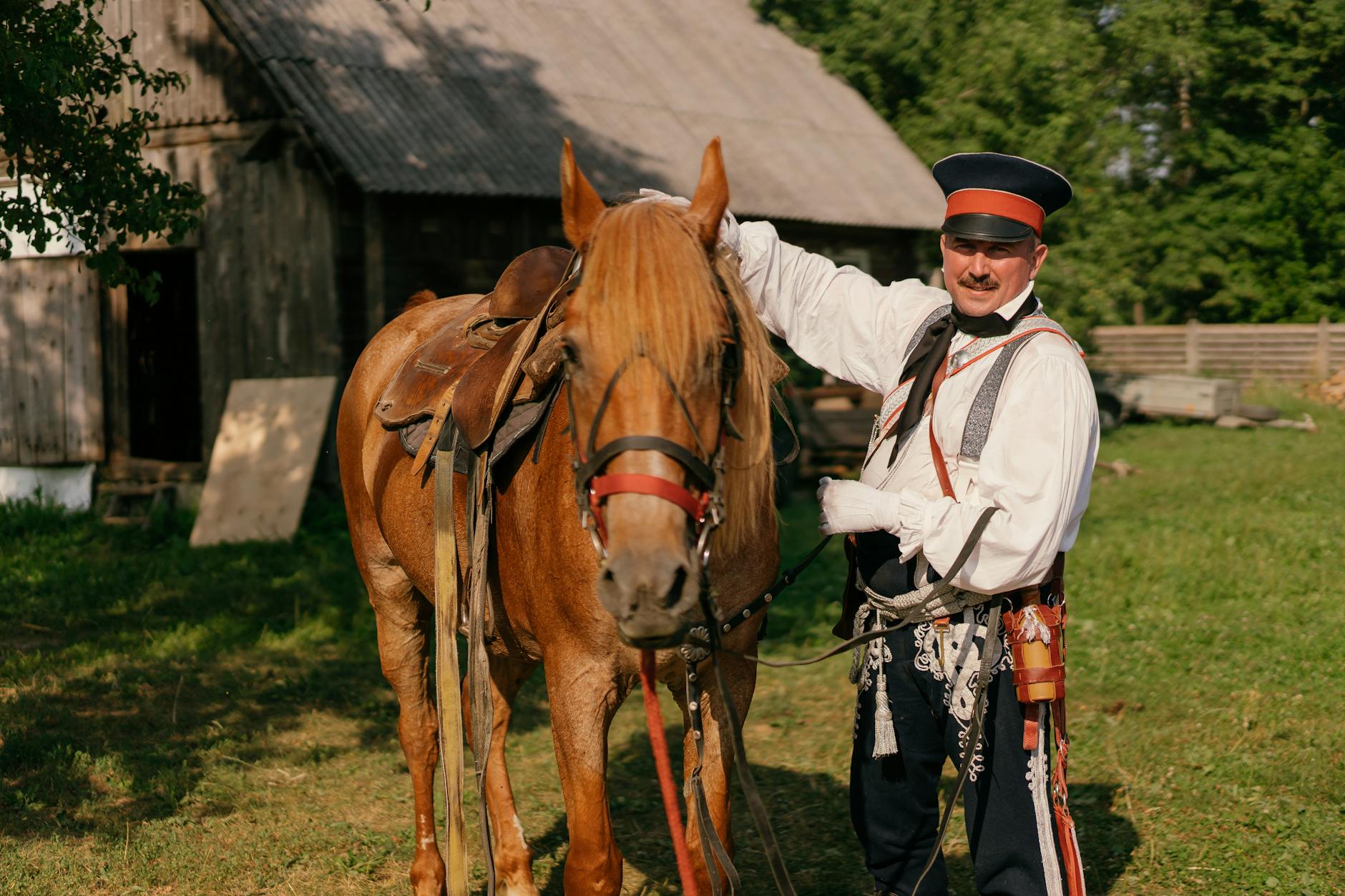The traceability of the history of cannabis can be traced back for thousands of years, where its use varied from medicinal remedies to recreational purposes. This historical sweep through the ages explores cannabis’s journey and how society’s perceptions of this plant have evolved.
As an early example of ancient medicine, evidence suggests that cannabis was likely used by ancient cultures in Asia around 500 BC to treat a variety of ailments. It played a significant role in traditional Chinese medicine, where it was used for more than 100 ailments. Alongside, it was also used in India as ‘bhang,’ a traditional drink consumed during religious rituals. These cultural uses reflect how deeply intertwined cannabis once was in the societal fabric.
From Asia, the use of cannabis expanded to the Middle East and Africa, then to Europe and the Americas, reshaping the cannabis culture along the way. Europeans initially grew cannabis for hemp, which was a vastly beneficial agricultural product. Hemp was used to manufacture a myriad of products such as ropes, sails, and clothes. Its use was so widespread by the 16th century that King Henry VIII mandated English farmers to dedicate a portion of their land to hemp cultivation.
The course of cannabis history underwent a paradigm shift during the prohibition era. By the 19th century, the recreational use of cannabis was becoming popular in the United States. However, some began to view it as a threat to society, associating it with crime and misconduct, which led to the cannabis prohibition in the 20th century. The Marijuana Tax Act of 1937 effectively criminalized possession, production, and sale, tarnishing its reputation, which was further aggravated by the Controlled Substances Act of 1970.
Fast forward to today, cannabis continues its tumultuous journey with rapidly evolving societal perspectives. Recreational marijuana has been legalized in several countries and states within the United States, while in others, it remains a criminal offense or is allowed solely for medicinal use.
The balance seems to be swaying towards tolerance and acceptance due to the recognition of its medicinal properties once again. More and more countries are decriminalizing cannabis, focusing on a public health approach instead of criminal penalties, aided with increasing cannabis legalization movements across the globe.
However, the cannabis in society is far from a simplified narrative. While the demand for legal marijuana is surging, questions about safety, addiction, and misuse also surface. Critics warn against potential risks, including an increase in mental health disorders and the challenge to regulate driving under influence.
In conclusion, the history of cannabis tells a unique tale of rise, fall, and resurgence. From being cultivated for medicinal, spiritual, and practical applications to facing a severe prohibition and then gradually re-emerging as a cherished plant with benefits and hazards alike. Its path forward is likely to be influenced by how well countries can navigate a balance between harnessing its medicinal power, allowing responsible recreational use, and preventing its abuse. It’s fair to say that the marijuana leaf, once a symbol of counterculture, now epitomizes a broader cultural shift in understanding this ancient plant’s role in modern society.


